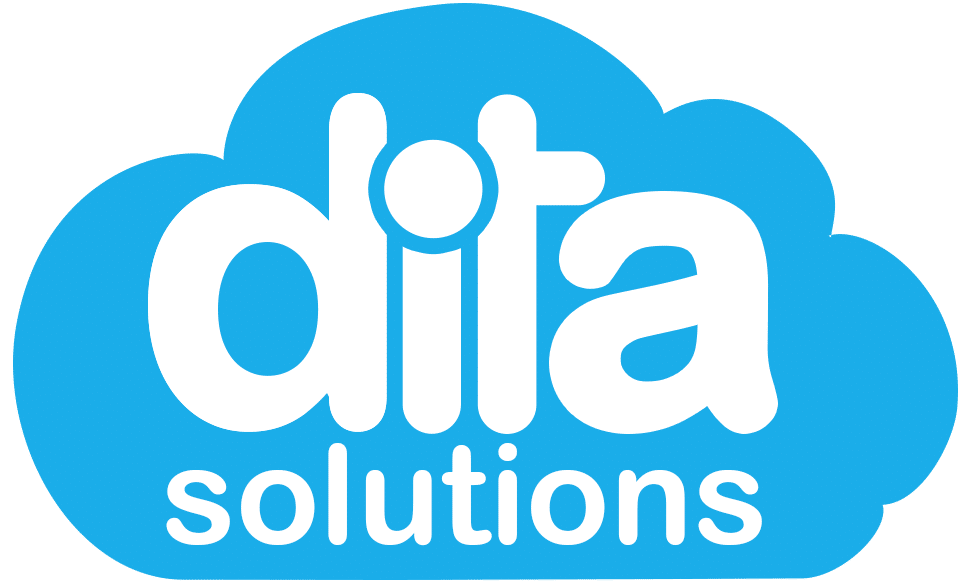LinkedIn’s Workforce Learning Report says that 94% of employees would stay at a company longer if it invested in helping them learn. In the current working environment, quality staff members are looking for self-improvement and development. Successful workplace learning is the key to reinforcing staff momentum, because it ensures they remain loyal to your company.
The benefits of implementing successful workplace learning strategies include:
Key Strategies for Success
Here, we will look at five key workplace training strategies so that organisations can enhance new skills. These include development, compliance requirements and meaningful engagement with their employees.
1 Implement a Learning Management System (LMS)
Staff training is crucial to the success of any organisation because for training to succeed, it must be appealing and easy to do. This is where a Learning Management System comes into play. There are many advantages to introducing a new learning management system to your business. An LMS will give you the tools to monitor and track your team’s progress and development. It will make life easier, but also help your learning processes become more effective.
An LMS helps leaders and their teams identify gaps, define learning paths for each employee, and deliver mixed-mode training. This can be available through video courses, written texts, access to live events, and interactive quizzes and assessments.
2 Ensure Learning can happen anywhere at anytime
In our current tech-focused society, flexibility is key. Therefore, we tend to no longer buy bulk hardware across the entire workforce. As a result, multiple versions of computers, laptops, tablets, and phones are incorporated into the business through cloud-based systems. Overall, this means training needs to be deliverable across all devices via one platform.
We recommend having a system that has a responsive user interface delivered and uses the latest HTML5 standards. This means all personnel can access their training no matter what devices they have, but also no matter where they are. Not having this flexibility to deliver training in this way could mean large parts of your workforce fall behind because of no access.
3 Personalise Learning through Learning Pathways
Different jobs require different skills. Therefore, organisations should be looking to personalise learning for employees. However, this can coincide with their position, team, location, or department. A personalised learning pathway can start as early as onboarding a new employee. From day one, the LMS becomes an asset. Automating the allocation of training to learn new skills, present material, and adhere to compliance. Ultimately, training improves employee retention and improves engagement within the organisation.
4 Use Employee Feedback for Continued Improvements
Workplace Learning Programs should be implemented so as to better meet the needs of the employees. This works better if their voice is heard, and feedback is incorporated into the process. Simply ask employees what they need to improve their job performance. Often, employees can give better insight into what they need to improve job performance.
With help from employee feedback, organisations can identify areas for future development. This includes ways to improve productivity, and overcome challenges to success.
5 Link Employee Growth to Business Outcomes
Effective workplace learning programs must balance employee needs with the organisation’s future plans for growth. Furthermore, the achievement of effective business objectives is quite clearly related to people who work in the business. For instance, their knowledge, skills, and motivation to learn are key. Therefore, this increases sales, improves brand reputation, and has a competitive advantage.
Reflecting the strategic vision and mission to training and development goals is best. Therefore, employees can see them as an integral part of the business. For instance, they become real, tangible, and more meaningful in relation to their own jobs and tasks.
Ready to get started?
Are you ready to implement a successful working learning strategy for your organisation? Ensure your staff are properly trained, compliant, and kept up-to-date by managing all your training and compliance online in one system.
